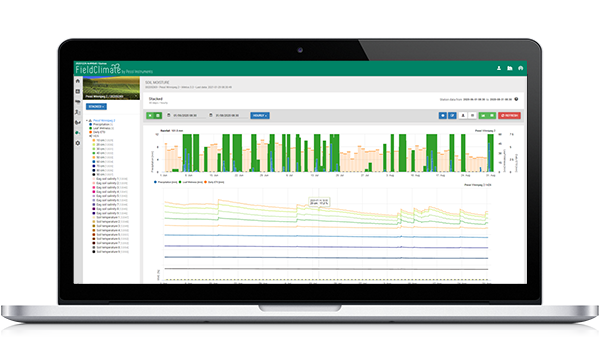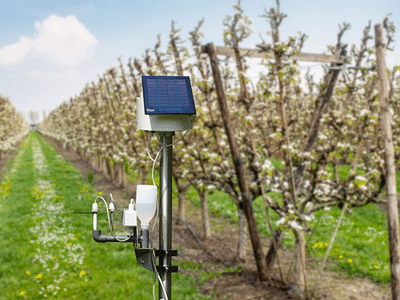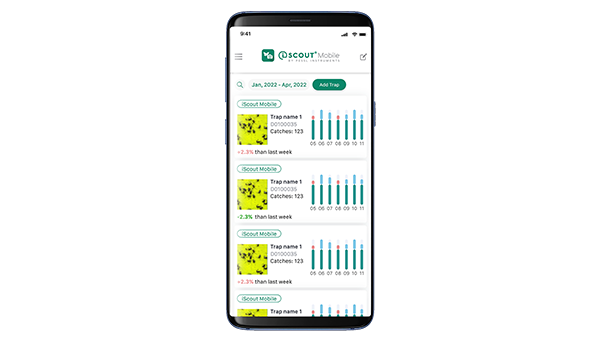Time flies when you are enjoying the work you do! It is time to share the latest news on the project HiPerCycle we joined this past May.
Basic Information about the Project
Analytical chips have a wide range of applications, e.g., in chemical, medical, and environmental analysis, and enable miniaturization and simplification of measurement procedures. HiPerCycle project primarily addresses the need for new sustainable high-performance materials, focusing on functional UV-curable materials and their processing on foil substrates.
The project addresses the efficient use of resources and efficient production technologies and has the potential to significantly reduce the use of resources and raw materials as well as the emission of CO2 in the production of material goods in the future.
Project development – overview May 2022 – October 2022
The team, consisting of coordinator Joanneum Research Forschungsgesellschaft, and partners Polymer Competence Center Leoben, Temicon & Pessl Instruments, has:
- had internal biweekly meetings since May – including all internal team project members (Michael Parth, Dr Heiner Denzer, Bianca Wilfling, Dongmin Kim, Daniel Scheidl
- had monthly consortium meetings.
Additionally, as far as the project inputs go, we have:
- put a great emphasis on literature research (performed mainly by Dongmin Kim)
- evaluated results from previous projects and chip designs distributed amongst the team
- discussed, evaluated and compared the efficacy/effectiveness of previous designs against the available literature on the topic
- had internal discussions and brainstorming about several profile shapes with different measures and ratios (circle, square, rectangle, v-shape, u-shaped, trapezoidal-shape, etc)
- consulted our project partners about not only shapes but also the possibilities, standard processes, material characteristics, general parameters to be considered, important thresholds, what could be achieved or not from their perspective and experience.
First findings, conclusions and preparations for the next step
Thanks to a group effort, the Pessl Instruments team was able to
- come up with the final chip layout and design
- prepared CAD files of the chip
- shared the first chip design in the agreed timeline.
We are looking forward to the next step and we will keep you posted about the developments in the project.




